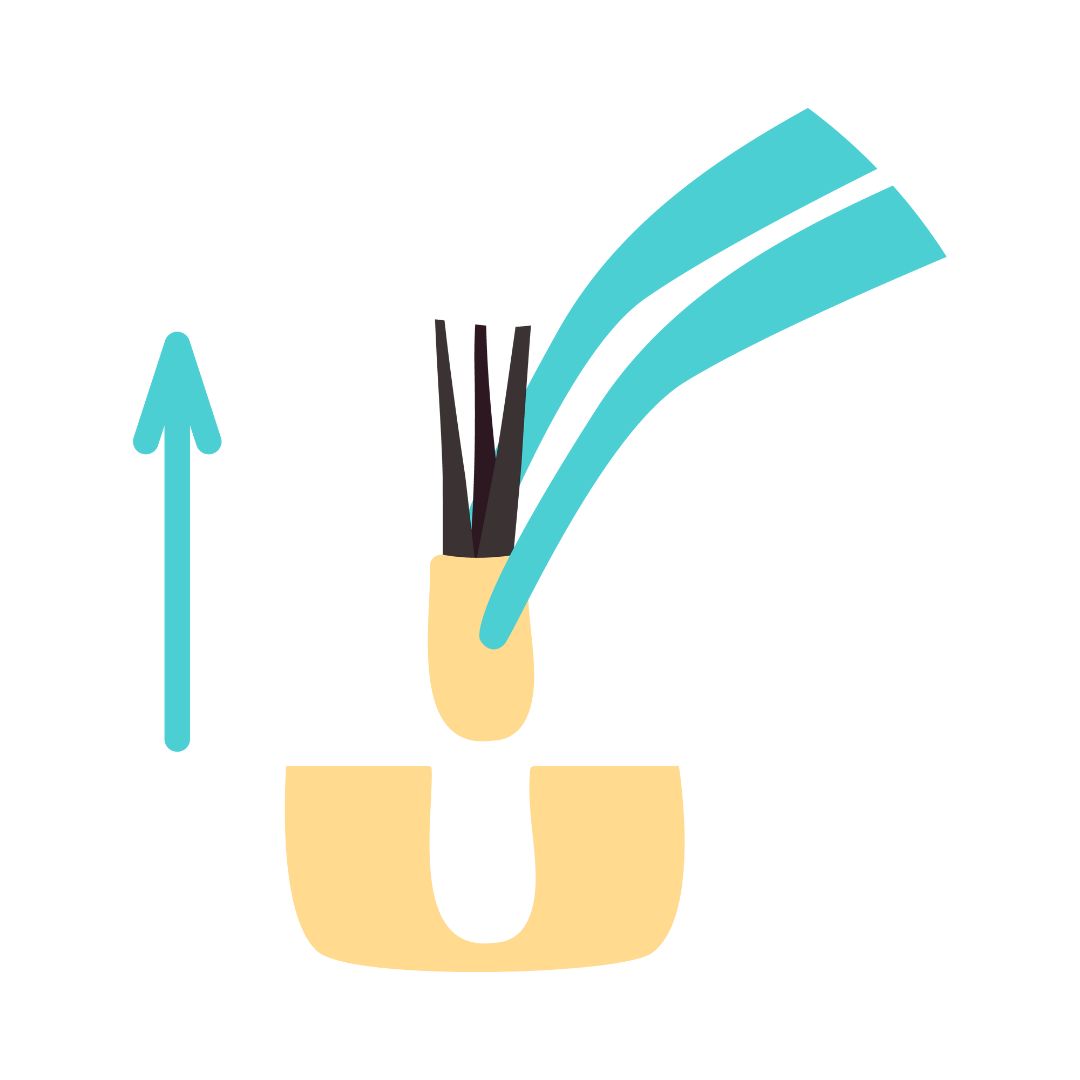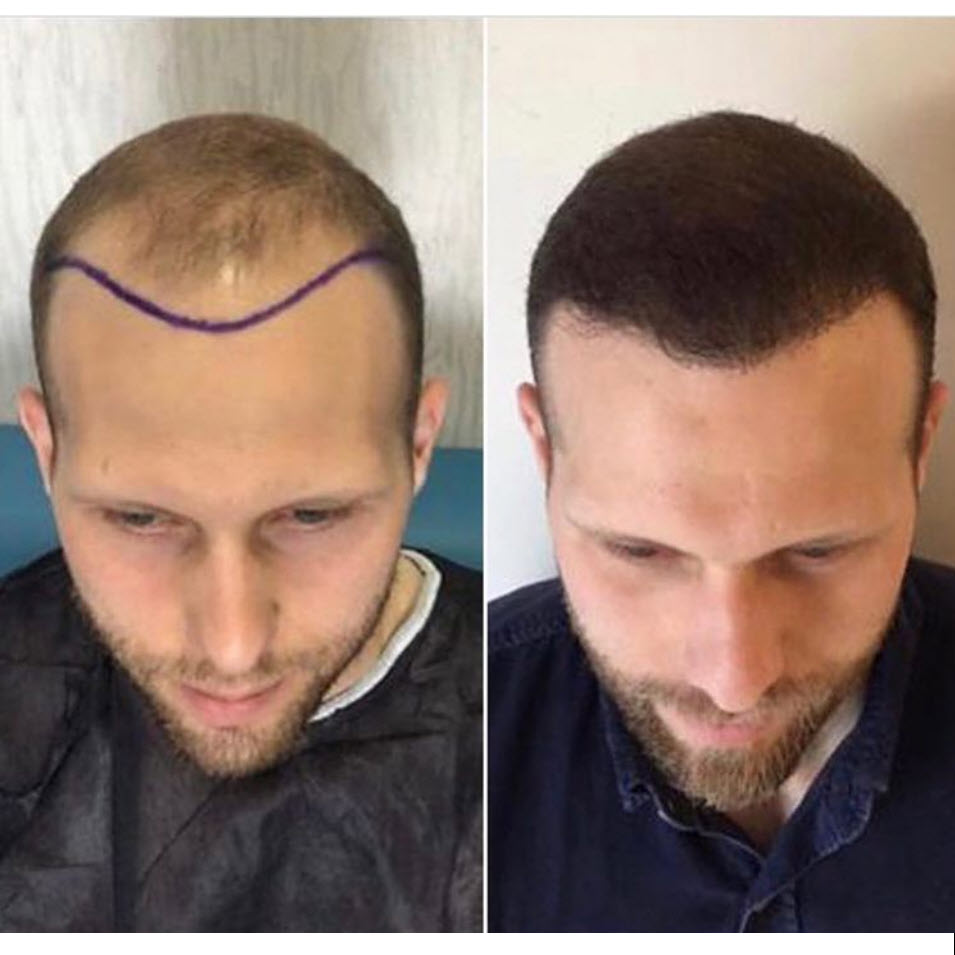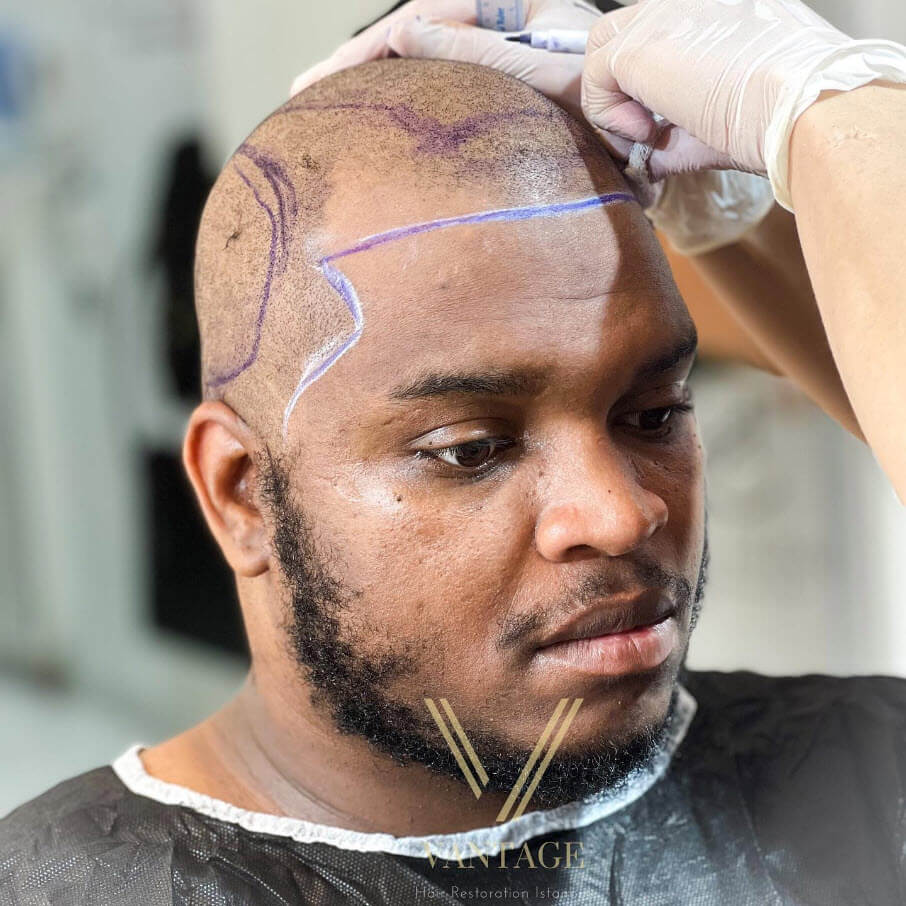A hair transplant is a commonly performed cosmetic procedure aimed at treating the adverse effects of androgenetic alopecia in both men and women. This procedure involves 2 areas including the donor area – from where the grafts are retrieved – and the recipient area – where the hair follicles extracted from the donor area are transplanted. [1]
The maintenance of the donor area forms an important element of a hair transplant procedure for improving the benefits and avoiding the risk of side effects.
Here is a discussion of what donor area means, its evaluation, its preservation, and the role it plays in determining the outcome of the procedure.
What is a donor area for a hair transplant?

The term donor area refers to the part of the skin from which the grafts are extracted for the hair transplant. In most cases, the donor area for a hair transplant is the part in the back of the head called the occipital region. Each graft typically includes a small fragment of the scalp and contains hair follicles and 1 to 4 strands of hair.
The donor area can be chosen based on the hair density. The occipital region is usually chosen as a donor area for a hair transplant as it is comparatively less sensitive to the impact of the hormonal disruptions responsible for hair loss.
Importance of preserving the donor area
The preservation and proper care of the donor area are essential for improving the outcomes of the hair transplant.
The donor area, contrary to popular belief, is not inexhaustible. This means, after a hair transplant, the grafts extracted from the donor area do not grow back there. This is why; it is essential to preserve the donor area carefully in order to maintain the aesthetics of the part and prevent it from thinning.
Additionally, a well-preserved donor area can ensure healthy grafts are available in case the patient needs a second hair transplant in the future.
A second hair transplant may be needed in case of a failed transplant, or if the area to be covered is larger necessitating the extraction of multiple grafts. The progress of alopecia after the first hair transplant is another reason why a second transplant may be needed. This marks the importance of preserving the donor area.
How to assess the donor area before a hair transplant?
The availability of healthy hair follicles from the donor area can improve the chances of successful results after a hair transplant. Here are some factors that are taken into consideration for determining the health of the donor area:
Presence of enough grafts: The presence of enough grafts in the donor area can guarantee aesthetic results.
Good quality grafts: The donor area needs to be assessed for the availability of good-quality grafts based on the thickness and the number of hair follicles they possess.
Method of extraction: The evaluation of the donor area also involves a preliminary study to determine the most suitable method of extraction and implantation.
How many grafts can be extracted from the donor area?
The donor area typically has approximately 6000 follicular units, which can be harvested safely. The number of grafts increases with the increase in hair density. [2]
How many grafts do I need for hair transplant?
Norwood Scale and your expectations determines the number of grafts needed. You can see the number of grafts needed per Norwood levels below:

How will the donor area look after the transplant?

The donor area should remain unchanged after a hair transplant procedure. The donor area is not visually impacted, even after the grafts have been extracted from it when the procedure is performed by a skilled surgeon having great experience and expertise.
Postoperative care for the donor area
Your surgeon will cover the donor areas with a bandage after a hair transplant to protect it. The bandage needs to be maintained for about 3 to 5 days.
Redness and small scabs may appear in the donor area after the procedure. However, these are common side effects that tend to resolve spontaneously with minimal care.
Your surgeon would prescribe appropriate medication in case you experience itching or pain in donor area after hair transplant. [3]
Does hair grow back in donor area after hair transplant?
The hair in the donor area usually does not grow back. However, the donor area appears healthy when the extract is performed carefully by a skilled surgeon. Having realistic expectations and careful evaluation of the donor area is important for improving satisfaction.
Does the donor area have scars after harvesting the grafts?
A hair transplant, when performed properly, does not cause scarring in the donor area. The grafts are usually collected using a special collection style through innovative extraction methods. The grafts, thus removed, may leave very small and slightly red holes that heal spontaneously and close within a few days after the procedure.
How to heal the donor area after hair transplant?
You can also apply a mild moisturizer and leave it for about 15 to 30 minutes to create a softening effect on scabs around the donor and recipient areas to support healing.
Shampooing needs to be done every day for removing the scabs.
Your surgeon may also advise you to dry your hair thoroughly with a paper towel after hair wash to avoid infections and accelerate healing.
How to prevent overharvesting?
The most effective way to avoid overharvesting is to choose alternatives to FUE (follicular unit transplantation). You can also rely on FUT that uses the strips of donor follicles extracted from a part of the scalp to avoid overharvesting.
Partial follicular units used from the donor area can also generate 2 hair follicles thus preserving the donor area and preventing overharvesting. [4]


FAQ: Donor Area for a Hair Transplant
You can sleep on your back, your stomach, or your sides after 10 days of this procedure. However, you must ensure that the transplanted areas do not touch the pillow or any other object or surface for the initial 10 days.
You can wear a loose-fitting hat to cover your head and the donor area. A loose-fitting hat can disguise the hair transplant. The donor and recipient areas also have to be covered with dressings to prevent infections.
A burning sensation on the donor area commonly occurs about 3 to 4 days after the hair transplantation. The application of moisturizing lotion three or four times a day can soothe the scalp and relieve this symptom.
You can cut your hair normally after 14 days of your hair transplant, provided the part is fully healed.
Hair transplant donor area recovery takes about 5 to 8 weeks. You can shave the donor area 1 week after the procedure, provided the scabs have cleared out.
Conclusion
Taking care of the donor area after hair transplant is an important element that should not be ignored. Preserving the donor area and avoiding overharvesting can also ensure healthy grafts are available in case another hair transplant is needed in the future.







